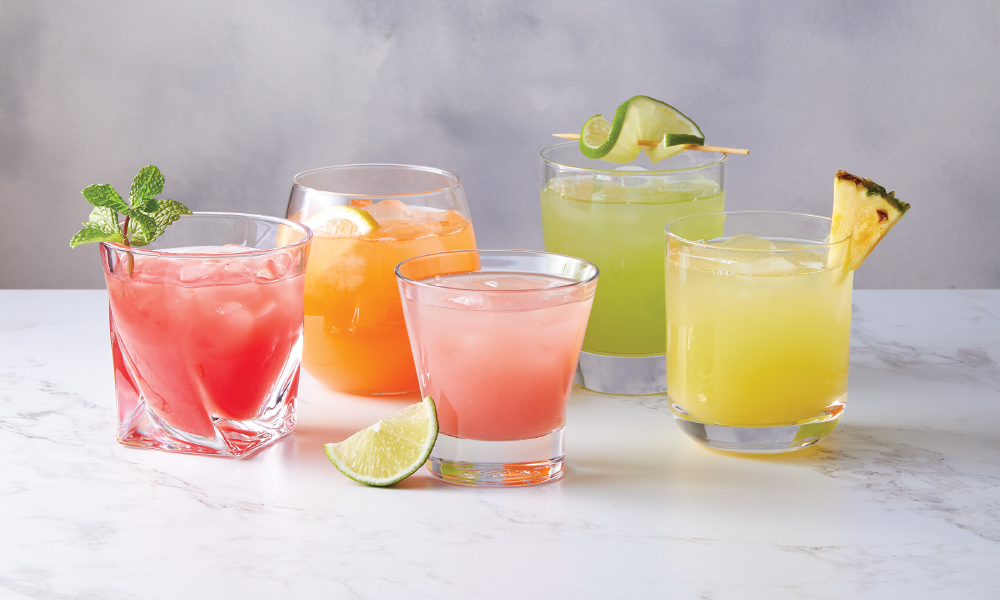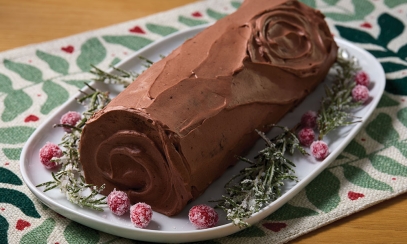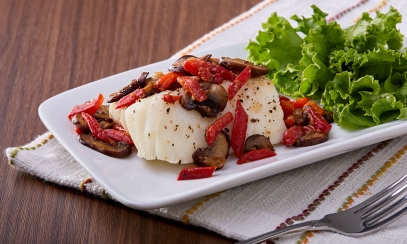
Free ‘aguas’
Mark Día de la Samaritana - Day of the Good Samaritan.
Mark Día de la Samaritana - Day of the Good Samaritan.
Inspired by the woman at the well
The penitential season of Lent doesn’t usually make us think of bright colors and smiling faces. But in the city of Oaxaca in southern Mexico, Día de la Samaritana, or the Day of the Good Samaritan, is observed every fourth Friday of Lent, and carries great meaning for the people there. On this day, churches as well as secular businesses offer the townspeople free flavored water in honor of two Scripture passages in the Gospels of John and Luke.
Inspired by the woman at the well
The penitential season of Lent doesn’t usually make us think of bright colors and smiling faces. But in the city of Oaxaca in southern Mexico, Día de la Samaritana, or the Day of the Good Samaritan, is observed every fourth Friday of Lent, and carries great meaning for the people there. On this day, churches as well as secular businesses offer the townspeople free flavored water in honor of two Scripture passages in the Gospels of John and Luke.
First and foremost, Día de la Samaritana is inspired by the story in the fourth chapter of John’s Gospel where Jesus, tired and thirsty from a long journey, sits down at Jacob’s well and asks the Samaritan woman, who was coming to draw water, for a drink (it was highly unusual for a Jew to speak to a Samaritan). Jesus ends up offering her “living water,” and she goes to tell the townspeople about Jesus. The day also takes its inspiration from the famous parable of the Good Samaritan recounted in the 10th chapter of Luke, where a traveling Samaritan helps an injured (non-Samaritan) robbery victim after his own neighbors pass him by.
The tradition of giving out free agua fresca began in the entryways of churches at the end of the 19th century, and now businesses, restaurants, schools and even private homes have joined in. People of all ages line up at booths in front of these churches and other businesses, which are often decorated with Lenten themes. Many of the water stations are draped in purple cloth, and many stations re-create Jacob’s well, where Jesus sat.
The drinks are made with fresh fruits and flowers, such as agua de jamaica (hibiscus), chilacayote (squash), tamarindo (tamarind), sandia (watermelon) and other creative mixtures. And the pots, or ollas, which hold the water, are brightly decorated as well.
The moral of both Scripture passages leads to the meaning of the term “Good Samaritan,” which is still used today. The term is simple: Be kind to people, regardless of their ethnicity, beliefs or creed. In this spirit, Día de la Samaritana offers free water to one and all.
Aguas Frescas
Recipe By Tina Folkertsma
- 1 cup water
- 1 cup fresh fruit, cleaned and chopped
- ½ lime, juiced
- 1 tsp. sugar, agave nectar or honey
- 2-3 fresh mint leaves, optional
In a high-powered blender, combine fruit, water, lime juice, sweetener of choice and mint, if using. (Alternatively, a large, wide-mouth canning jar and a strong immersion blender can achieve a similar effect.) Blend ingredients until smooth. Taste and add more sweetener or lime if desired, then pulse to mix completely. Strain if a more juice-like consistency is preferred. Pour over ice, and enjoy immediately.
This recipe makes one agua fresca – simply scale up the ingredients for however many servings are required, being sure to leave header room in blender or jar for an energetic mixing process.



